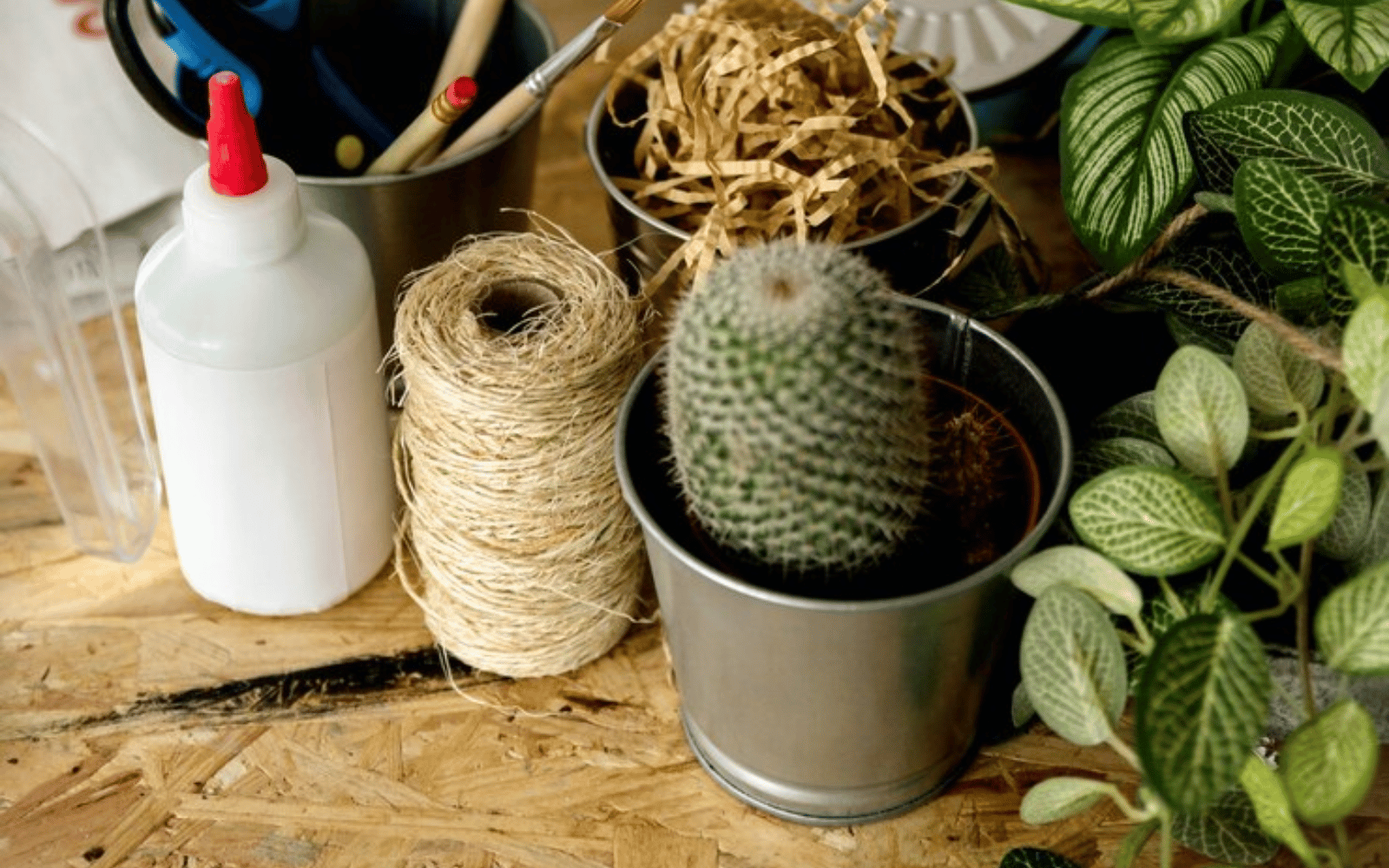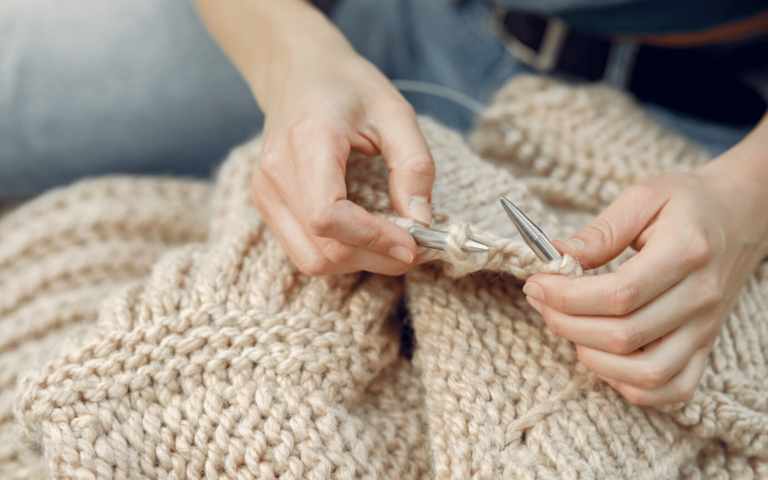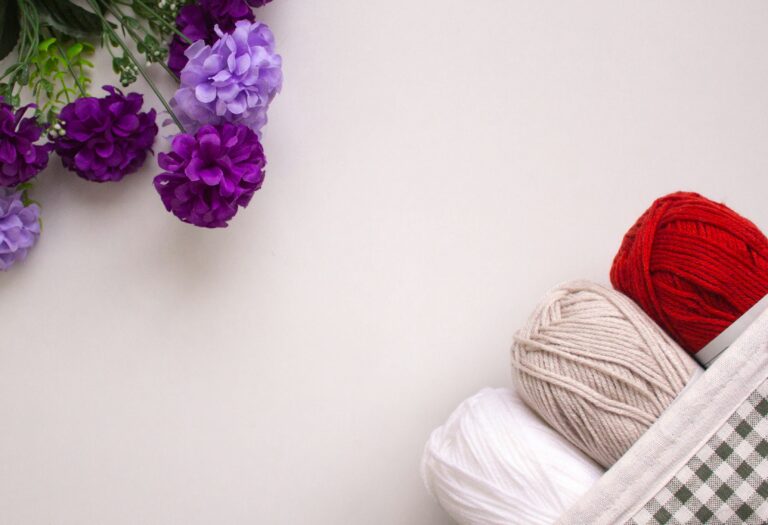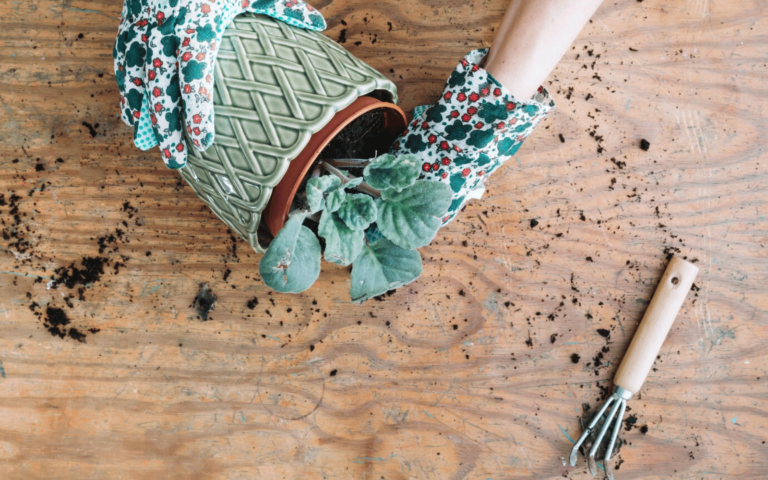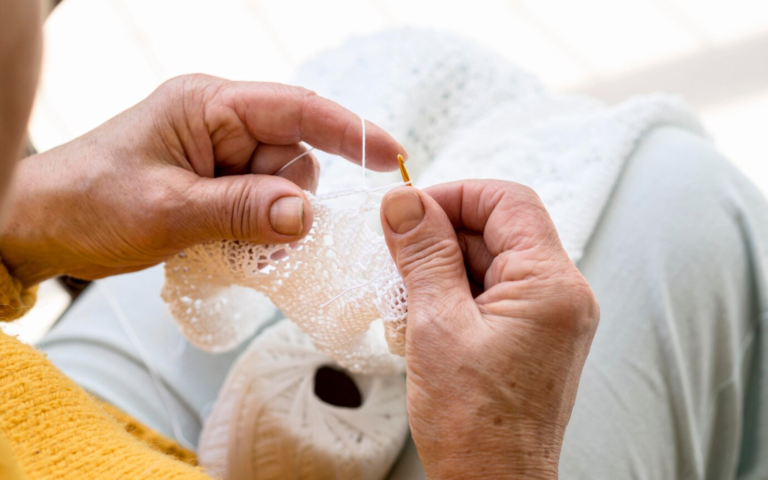Plant Crafting – Creativity with New 2024 Nature’s DIY Projects
The art of integrating plants into DIY projects is both an ancient practice and a modern trend. This form of Plant Crafting is not only a creative outlet but also a way to bring the calming beauty of nature into our living spaces. Crafting with plants offers a unique blend of aesthetics and functionality, merging the art of decoration with the nurturing of living elements. This article delves into various facets of plant-based DIY projects, offering guidance and inspiration for both beginners and seasoned crafters. The therapeutic benefits of working with plants are well-documented, with activities like gardening and crafting known to reduce and improve mental harmony. Moreover, incorporating plants into our environments improves air quality and adds a dynamic, ever-changing element to interior and exterior design. From moss art to garden crafts, each project offers a chance to connect with nature and express creativity.
History and Evolution of Plant-Based Crafts
Plant-based crafts have deep historical roots across different cultures. In ancient times, civilizations used plants not only for sustenance but also for creating shelter, tools, and decorative items. This connection with nature was essential for survival and cultural expression. As societies evolved, so did the techniques and purposes of plant-based crafts, transforming from necessity-driven practices to forms of artistic expression. In recent years, there’s been a resurgence of interest in Plant Crafting, driven by environmental awareness and a desire to reconnect with nature. This modern renaissance combines traditional techniques with contemporary designs, bringing Plant Crafting into the 21st century. The versatility of plants as a medium offers endless possibilities for creativity and innovation in crafts.
Essential Tools and Materials for Plant Crafting
To embark on a plant crafting journey, having the right tools and materials is essential. Basic gardening tools, such as scissors, pruning shears, and gloves, are indispensable. For more specialized projects, materials like moss, clay, concrete, and various plant kind come into play. Choosing high-quality, sustainable materials not only enhances the final product but also supports eco-friendly practices. When selecting plants for crafts, consider factors like longevity, maintenance, and suitability for the intended design. For instance, succulents are popular for their low maintenance and diverse shapes, making them ideal for various DIY projects. Similarly, mosses offer a lush, green texture perfect for wall art and decorative wreaths.
Moss Crafts: Bringing Nature Indoors
Moss Plant Crafting are an excellent way to bring a touch of greenery indoors. Hanging moss art, for example, combines the beauty of different moss sorts with the simplicity of square frames to create a unique wall piece. This project can be tailored to fit any interior style, from minimalist to rustic, and serves as a lively focal point in any room. Creating a moss wreath is another popular project. Inspired by high-end designs, these wreaths can be made affordably at home using the same quality materials. Moss wreaths are versatile, complementing various decor styles and seasons. DIY moss branches and mushrooms are other creative ways to integrate moss into home decor, offering a natural and whimsical touch.
Garden Art: Functional and Aesthetic Projects
Garden art projects blend functionality with aesthetics, elevating outdoor spaces. An upcycled outdoor chandelier with solar lights is a brilliant project that repurposes an old chandelier into a stunning night-time garden feature. By customizing with paint and globe styles, crafters can create a piece that reflects their personal taste and enhances their outdoor gatherings. The topsy turvy flower pot planter and birdbath is a whimsical addition to any garden Plant Crafting. This project uses unconventional container arrangements to create a playful yet functional piece. It provides a colorful vertical space for planting and a charming spot for birds to bathe and drink, adding life and movement to the garden.
Concrete and Clay Projects for the Garden
Concrete and clay are versatile materials for garden Plant Crafting. Concrete gnomes, for example, are a fun and easy project that adds a whimsical element to any garden space. They can be customized in various styles and are known to bring good fortune to their surroundings. Similarly, stamped garden stepping stones made from concrete offer a durable and decorative pathway through the garden. Clay projects, like making clay mushrooms, provide an opportunity for detailed and colorful craftsmanship. These delightful additions can be placed around fairy houses in a garden, creating a magical, miniature landscape. Both concrete and clay projects offer durability and a range of creative possibilities for enhancing garden spaces.
Plant Crafting – Craftsmanship with Plants
Craftsmanship with plants reaches its peak when creating living art. Living plant walls, for example, are not only visually striking but also provide environmental benefits such as air purification and humidity control. These living art pieces can be designed to fit various spaces and styles, making them versatile for both indoor and outdoor environments. The process of creating living art with plants involves selecting the right kind, designing the layout, and ensuring proper maintenance. These living installations require a thoughtful balance of aesthetics, plant vitality, and environmental conditions. The result is a dynamic, living piece of art that evolves over time.
Upcycling and Sustainability in Plant Crafting
Upcycling plays a significant role in Plant Crafting, turning discarded items into beautiful, functional garden pieces. This practice is not only creative but also environmentally responsible, reducing waste and promoting sustainability. Upcycled crafts can range from turning old furniture into planters to repurposing everyday household items for garden decor. Sustainability in Plant Crafting also involves choosing eco-friendly materials and practices. This includes using organic soils, selecting native plants, and employing water-conserving techniques. By incorporating sustainability into their crafts, DIY enthusiasts can create beautiful projects that are also kind to the planet.
Indoor Plant Crafting Ideas for Urban Spaces
For those with limited outdoor space, such as urban dwellers, indoor Plant Crafting offer a way to bring greenery into the home. Projects like terrariums, indoor hanging gardens, and window herb planters are perfect for small spaces. They not only add a natural element to the home but also improve air quality and provide a connection to nature. Maintaining indoor Plant Crafting requires understanding the specific needs of the plants used, such as light requirements, watering schedules, and suitable temperatures. With proper attention, these indoor green spaces can thrive and bring continuous joy and relaxation to urban settings.
Seasonal Plant Crafting Projects
Seasonal Plant Crafting provide an opportunity to celebrate the changing seasons with natural decor. From spring flower arrangements to autumnal wreath-making, each season offers unique materials and themes for crafting. These projects can be used to decorate homes and gardens, adding seasonal charm and warmth. Holiday-themed plant crafts are particularly popular, allowing crafters to express their festive spirit through natural elements. Whether it’s creating a Halloween pumpkin planter or a Christmas evergreen centerpiece, seasonal plant crafting add a personalized and eco-friendly touch to holiday celebrations.
The Role of Plants in Therapeutic Crafts
The intersection of plants and crafts is not just about aesthetics; it’s deeply rooted in therapy and wellness. Engaging in plant-based crafts has been shown to have therapeutic benefits, including reduction, improved mood, and enhanced cognitive function. This section would delve into how the act of crafting with plants can be a form of mindfulness and a therapeutic tool, drawing from research in horticultural therapy. Crafting with plants allows individuals to engage in a mindful activity that grounds them in the present moment. The tactile nature of handling plants and the focus required in crafting can serve as an effective form of relief. This section could also analyze case studies or anecdotes of individuals who have found solace and mental wellness through plant-based crafts.
Educational Aspects
Introducing plant crafting is not only a fun activity but also an educational experience. This section could discuss how plant-based crafts can be used as a tool for learning about biology, ecology, and sustainability. Projects like growing a small garden, creating a terrarium, or building a bird feeder from recycled materials can be both enjoyable and instructive. The educational value of plant crafting extends to teaching young people about responsibility, as they learn about the plants. It can also foster an early appreciation for nature and the environment, laying the foundation for eco-conscious habits in the future. This section would provide ideas for Plant Crafting projects and tips on how to make them educational.
Seasonal and Holiday Plant Crafting Ideas
Crafting with plants offers a wonderful opportunity to celebrate the seasons and holidays. This section would provide readers with creative ideas for seasonal Plant Crafting. For spring, projects could include Easter-themed planters or floral wreaths. Summer might focus on outdoor garden crafts, while fall could feature crafts using autumn leaves or Halloween-themed plant decorations. Winter presents its own unique opportunities, with crafts like creating indoor mini evergreen trees or holiday-themed terrariums. This section could provide step-by-step guides for these projects, adapting them to the different times of the year and various cultural celebrations.
Incorporating Plant Crafting in Home and Garden Decor
This section would focus on how Plant Crafting can enhance home and garden decor. It would offer inspiration and instructions for projects that can add a personal touch to living spaces. Ideas could include creating living walls for small apartments, building a vertical herb garden for kitchens, or crafting decorative planters for patios.
The section would also discuss the considerations for choosing the right plants for different areas of the home and garden, factoring in light, space, and aesthetic preferences. It could showcase before-and-after images of spaces transformed by Plant Crafting, illustrating the impact these projects can have on home and garden aesthetics.
Advanced Plant Crafting Techniques for Enthusiasts
For readers who are more experienced in Plant Crafting or looking for a challenge, this section would delve into advanced techniques and complex projects. It could cover topics such as grafting, bonsai, or creating intricate living sculptures. This section would be rich in detailed instructions, expert tips, and resources for further learning. The section could also feature interviews with professional Plant Crafting or artists, providing insights into their creative processes and showcasing their work. This would not only inspire readers but also give them a deeper understanding of the possibilities in the realm of advanced plant crafting.
Sustainable Practices in Plant Crafting
Sustainability is a aspect of plant crafting. This section would discuss how to engage in Plant Crafting in an environmentally responsible way. It would cover topics like using recycled or eco-friendly materials, choosing native plants to support local ecosystems, and employing water-wise gardening techniques. This section could also Analyze the broader impact of sustainable Plant Crafting on the environment and communities. It would provide practical tips for readers to ensure that their crafting hobby contributes positively to the planet.
The Benefits of Plant Crafting in Everyday Life
In a world that constantly buzzes with activity, finding simple, rewarding hobbies can be a transformative experience for many individuals. Plant crafting, a versatile and engaging hobby, offers a myriad of benefits that extend beyond the aesthetic enhancement of spaces. This activity serves as a bridge, connecting people with nature while fostering a deeper appreciation for the environment. As we delve into the advantages of integrating plant crafting into daily routines, it is essential to consider its impact on personal growth, home improvement, and community enrichment.
One of the most significant advantages of plant crafting is its ability to beautify living spaces. Whether one chooses to create a vibrant terrarium, design a succulent garden, or assemble a hanging plant installation, each project adds a unique touch to homes or offices. These living decorations not only enhance visual appeal but also improve air quality, making them functional additions to any indoor environment.
Furthermore, plant crafting encourages creativity and self-expression. As individuals select plants, arrange them, and customize their surroundings with natural elements, they tap into their creative potential. This process is particularly gratifying because it results in tangible, living art that evolves over time. The satisfaction derived from watching a crafted plant arrangement flourish can be immensely fulfilling, offering a sense of accomplishment that other hobbies might not provide.
The activity also promotes relaxation and stress reduction. The act of handling plants and immersing oneself in a crafting project can be a meditative experience. It allows individuals to disconnect from the digital world and focus on the tactile experience of working with natural materials. Many find this interaction with nature to be a soothing escape from the pressures of daily life, contributing to a calmer, more centered mental state.
In addition to personal benefits, plant crafting has social implications. It can serve as a wonderful bonding activity for families, friends, or community groups. Crafting sessions can be organized to encourage social interaction, exchange of ideas, and collective creativity. Such gatherings not only strengthen relationships but also foster a sense of community and shared purpose as participants engage in creating something beautiful together.
Moreover, engaging in plant crafting can have educational benefits, particularly for children. It introduces them to the basics of botany and ecology in a hands-on manner. Through crafting, children learn about different types of plants, their needs, and how they grow. They also develop important skills such as patience, responsibility, and attention to detail as they care for their plant creations.
Lastly, plant crafting can be an affordable hobby that is accessible to many. Most projects require minimal investment in tools and materials, many of which can be sourced from local gardens or recycled from previous projects. This accessibility makes plant crafting an inclusive activity, suitable for individuals of all ages and backgrounds.
Plant crafting is more than just a hobby; it is a multifaceted activity that offers numerous benefits. From enhancing living spaces and fostering creativity to promoting relaxation and encouraging social interaction, the impacts of plant crafting are profound. As people continue to seek connections with nature and each other, plant crafting stands out as a simple yet powerful tool to enrich everyday life.
See More At: woolen8wonders.com

